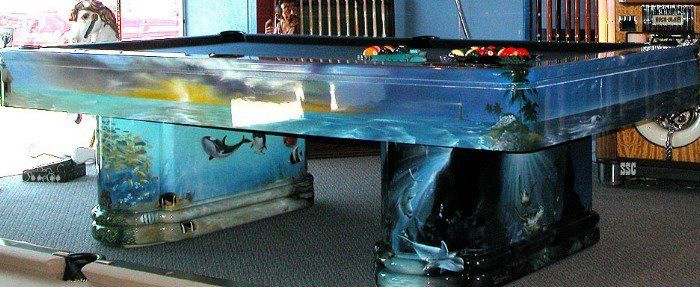
Anybody who works in a creative field has encountered the challenge of having a healthy balance between a visually appealing product that is perfectly functional at the same time at least once in their career. The product we are talking about can be anything from a website to a physical product or even writing copy for a marketing campaign. In my experience, the product was always a website. I don’t even remember the number of meetings I had with my marketing managers, discussing the visual design of a website we were working on. The discussion was always the same: How much text is too much? Should we have all these functionalities on the website?
I don’t intend to give a one-size-fits-all type answer to this question, nor do I think there is such a solution. Needless to say that the decision has many parameters such as who your target audience is, what kind of image you are trying to project and what type of brand identity you are trying to build. These high-level decisions will certainly affect the way you approach a design project. But generally speaking, I believe that there are certain facts based on how the human brain works, that gives us clues to how we can optimize the visual design of a product. The human prefrontal cortex is in charge of cognitive and executive functions such as attention and short-term memory. It helps us execute day-to-day tasks and make decisions. When we are presented with an emotional stimulus, the amygdala, the part of the limbic system that is in charge of emotional response, kicks in and releases dopamine into the system, which helps us register these events in our long-term memory. This is why people have been talking about Budweiser’s ‘Lost Dog’ Super Bowl ad even weeks after the game. The emotional connection it created with the audience was so intense that people haven’t forgotten about it. Aside from seeking emotional connection, our brains are also very hard working information processors. In his book “Designing for Emotion”, Aarron Walter talks about this phenomenon: “Beyond our ability to express emotion, we also share the instinct to search for patterns.” Our brain’s ability to search and identify patterns is a crucial tool for us to survive, as a break in the pattern alerts us to the existence of something unusual. This contrast identification is what helps designers catch the user’s attention in a given situation. However, as fascinating as our brains are, they are only capable of processing so much information in a given time, meaning that the more contrast there is, the harder it becomes for us to choose which one to focus on. As the American psychologists William Edmund Hick and Ray Hyman describe, increasing the number of choices will increase the decision time logarithmically. How does all this translate into the field of design? The more content we have on a website (or any marketing material for that matter), the harder it becomes for our audience to identify what to focus on, which results in unpredictable user behaviour.
On the flip side of this, there is usability and functionality. You want to have a visually appealing “sexy” interface that will draw users to your website. But we all know that it takes more than just window dressing to keep users on your website and offer a solid product that works. It takes a holistic design approach to achieve a good balance between these different levels of design.
Don Norman splits design in three levels in his brilliant book “Emotional Design”: visceral design, behavioral design, and reflective design. The idea is to find the right balance between these pieces. We talked about visceral design and the importance of creating a visually appealing product in the previous paragraph. Behavioural design is where the user interaction with your product comes in. It is the overall experience of using the product. It is based on ideas that are derived from behavioural science, which is a fascinating field that studies why people behave as they do. By investigating how people form habits and how they make decisions, it gives user experience designers amazing insight about how to implement user-centered functionality into a design. Finally, reflective design is the long term impact we create in user’s mind by the message, the culture and the meaning of the product that we convey.
